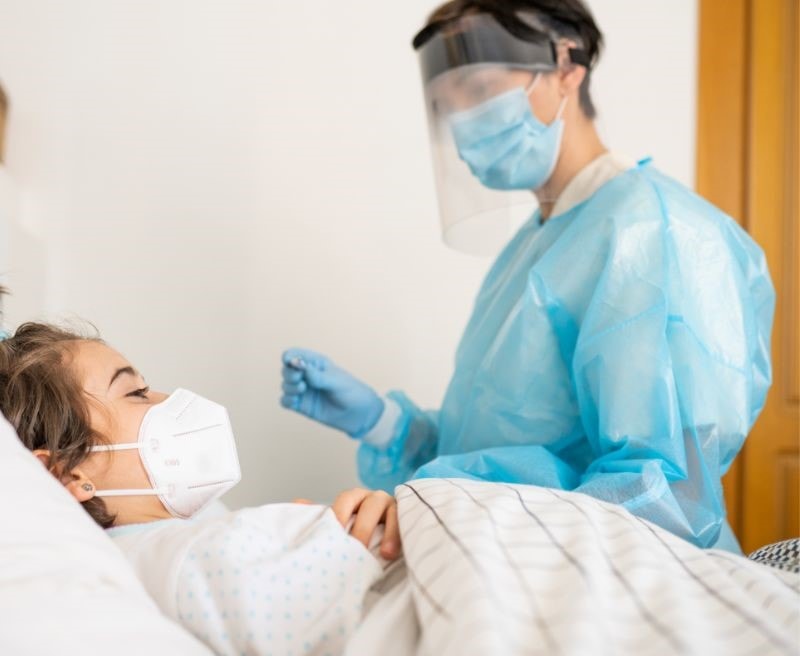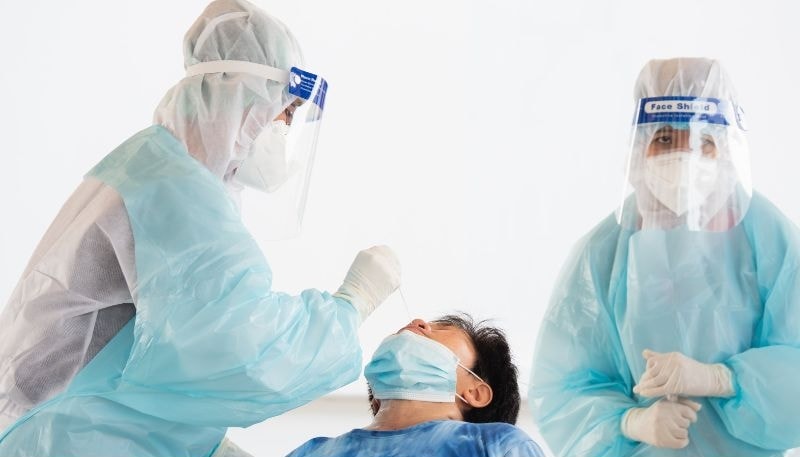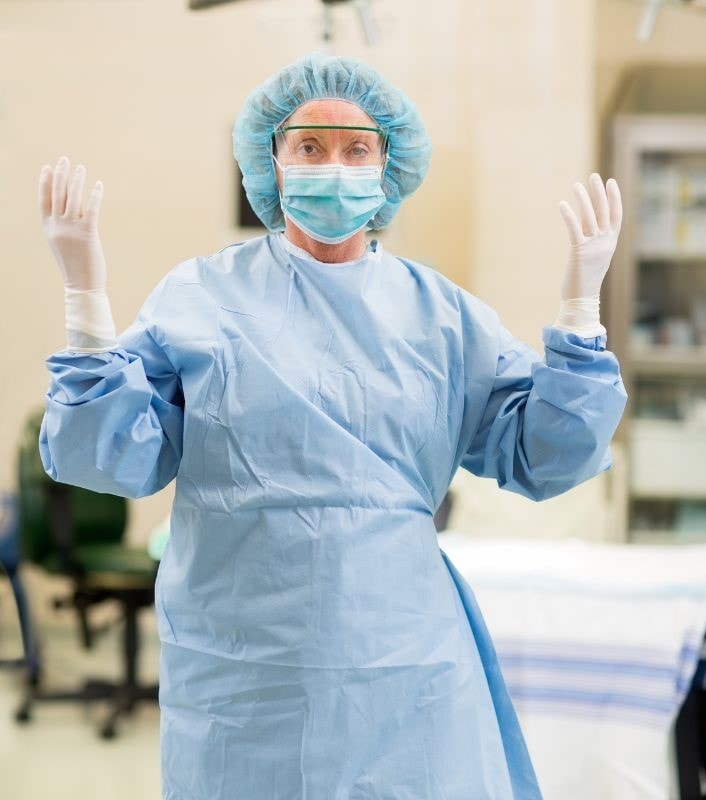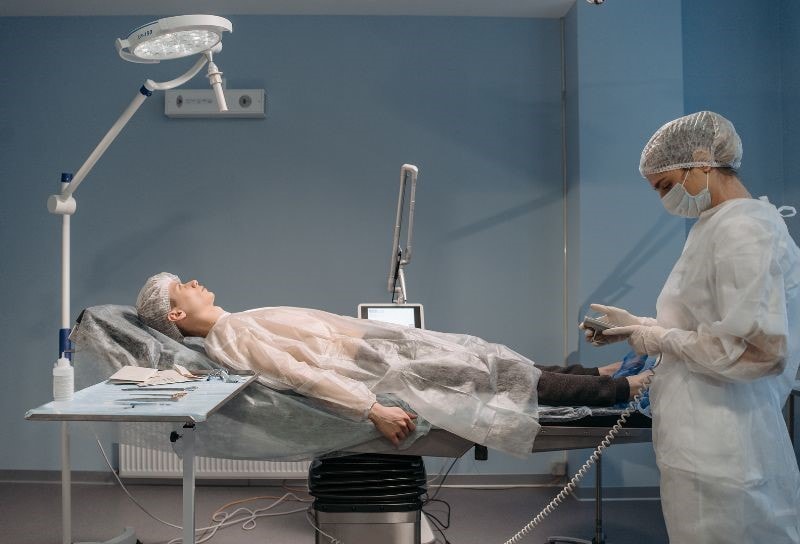Hospitals must always keep things clean and safe. Doctor gowns are very important in hospitals. Doctors wear special clothes called disposable hospital doctors gowns. These gowns protect doctors from germs. The gowns protect patients, too. For gowns to work well, they must follow safety rules. These rules are called compliance and standards.
Why Do Hospitals Use Disposable Doctors Gowns?
Doctors gowns help stop germs from moving around. Doctors see many people each day. Without gowns, germs could jump from one person to another. This can cause sickness. Doctors gowns solve this problem. After a doctor uses a disposable gown, the gown is thrown away. No germs move to another person.
Here are four reasons hospitals use disposable gowns:
- They keep doctors safe from germs.
- They protect patients from germs.
- They help hospitals stay clean.
- They stop germs from spreading.
Disposable hospital doctors gowns must meet special safety rules. Let’s see what these rules are and why they are important.

Why Are Compliance and Standards Important?
Safety rules for disposable gowns help keep the hospital safe. These rules tell gown makers exactly how to make gowns safe. Hospitals know gowns that follow these rules keep doctors and patients healthy.
Doctors gowns meeting all safety rules are called “compliant.” Compliant means following every rule. These gowns are tested before hospitals use them. They must be safe, strong, and clean.
What Makes a Disposable Gown Compliant?
A compliant gown needs many good qualities:
- It must be strong and not tear easily.
- It should be fluid resistant. This means it stops water and fluids from passing through.
- It must feel comfortable for doctors.
- It should fit different doctors well.
- It must be clean and free from small harmful things.
Doctors work many hours. Their gowns must stay strong during busy days. Compliant gowns make sure doctors are safe and comfortable at all times.

Material Compliance and Protection Levels
Gowns can be made from different materials:
- Polipropileno (soft and light fabric)
- SMS fabric (extra protection, strong layers)
- Plastic PE gowns (good for blocking water)
Each type of gown can give different levels of protection. Hospitals choose the level they need based on their work.
Hospitals doing special jobs can choose more protection. Learn more about special protection gowns like fluid resistant gowns.

Choosing the Right Gown Level
There are different levels of doctor gowns:
- Level 1 gowns work well for visitors or fast doctor visits.
- Level 2 gowns protect doctors when they help patients.
- Level 3 gowns give extra protection during difficult tasks.
- Level 4 gowns give the highest protection when doctors do surgery.
Each level follows special safety rules. This helps hospitals pick the right gown for their needs.
Why Hospitals Love Compliant Gowns
Hospitals love compliant disposable gowns because they are:
- Clean and safe from germs
- Tested to follow safety rules
- Easy to put on and take off
- Comfortable, even for long days
- Good for nature and easy to throw away
Hospitals trust compliant gowns to support doctors during important jobs.

Ensuring Proper Fit for All Doctors
Hospitals have many doctors. Doctors can be tall, short, big, or small. Compliant gowns come in many sizes. Providing the right size gown makes sure every doctor feels safe and comfortable.
Testing Disposable Hospital Doctor Gowns
These gowns go through tests to be compliant. The tests check:
- How strong the gown is
- If it keeps fluids out
- If it tears easily or not
- If the gown is easy to wear
Only gowns passing all tests are compliant. Hospitals can trust these gowns every day.
Compliance is Good for Nature
Disposable gowns that meet safety rules also help nature. Hospitals like gowns made from safe materials. These gowns break down easily when thrown away. They help hospitals stay clean but also protect nature.
How Compliance Saves Money for Hospitals
Compliant gowns save hospitals money because:
- They prevent sickness from spreading.
- They do not tear easily and last longer.
- They are easy to throw out, no washing needed.
- Hospitals stay cleaner, so staff stay healthier.
- Hospitals trust safe tested gowns and avoid problems.
Other Disposable Items with Compliance and Safety Rules
Hospitals use other items like gowns. These items follow safety rules, too. They help hospitals stay clean:
- Disposable non woven aprons protect clothes during hospital jobs.
- Disposable surgical face masks keep doctors safe from germs when they talk and breathe.
- Disposable medical shoe covers keep floors and rooms germ-free.
Using compliant disposable items together makes hospitals safer.

Quality and Compliance Together
Compliance helps check the quality of gowns. Good quality means gowns can be trusted every time. Hospitals know compliant gowns are the safest and best choices.
Doctors wearing compliant gowns feel safe. They know they are protected from germs. They can focus only on helping patients.
Every Doctor Benefits from Safe Gowns
Doctors work hard every day. They want to feel safe. Compliant disposable gowns let doctors feel good about safety. Doctors can wear safe gowns in every part of the hospital.
Gowns help different types of doctors:
- Surgeons doing surgery
- Doctors checking patients
- Nurses who care for many people
- Workers who must stay clean during hospital care

Every person who wears compliant gowns at the hospital feels safe and comfortable.
Why Patients Like Compliant Gowns
Patients care about safety, too. They want clean doctors helping them:
- Patients trust doctors more when gowns look professional.
- Patients feel safer when they know doctors wear tested gowns.
- Hospitals are happier places when germs can’t spread easily.

Staff Members Work Better
Hospital workers use disposable gowns each day. They want comfortable gowns. They want gowns that fit easily. Compliant gowns help staff move easily. They feel good and work better.
Hospital staff save time:
- They quickly put gowns on and off.
- They do not need to clean gowns.
- They can throw gowns away after use.
Compliant gowns make hospital work smoother for everyone.

Easy Storage and Use
Compliant disposable gowns need little storage. They fold up small. Hospitals can keep many gowns in a small space. They are always ready to use.
Hospitals easily give gowns to doctors. Doctors simply put new gowns on when needed. After, they throw them away. Easy steps keep the hospital running smoothly.
Final Thoughts About Compliance and Disposable Gowns
When hospitals choose disposable gowns, following safety rules matters the most. Compliant gowns:
- Follow clear safety rules
- Offer different levels of protection
- Give comfort to doctors and staff
- Help hospitals stay cleaner
- Save money and time for hospitals
- Show that hospitals care about nature
Doctors do hard, important work every day. Compliant disposable gowns make sure they stay safe and healthy. They protect patients. They help every doctor focus on giving the best care.
Compliance and following high safety rules are key in every hospital. Disposable hospital doctors gowns meet these important standards. They keep hospitals safer, cleaner, and happier places.











